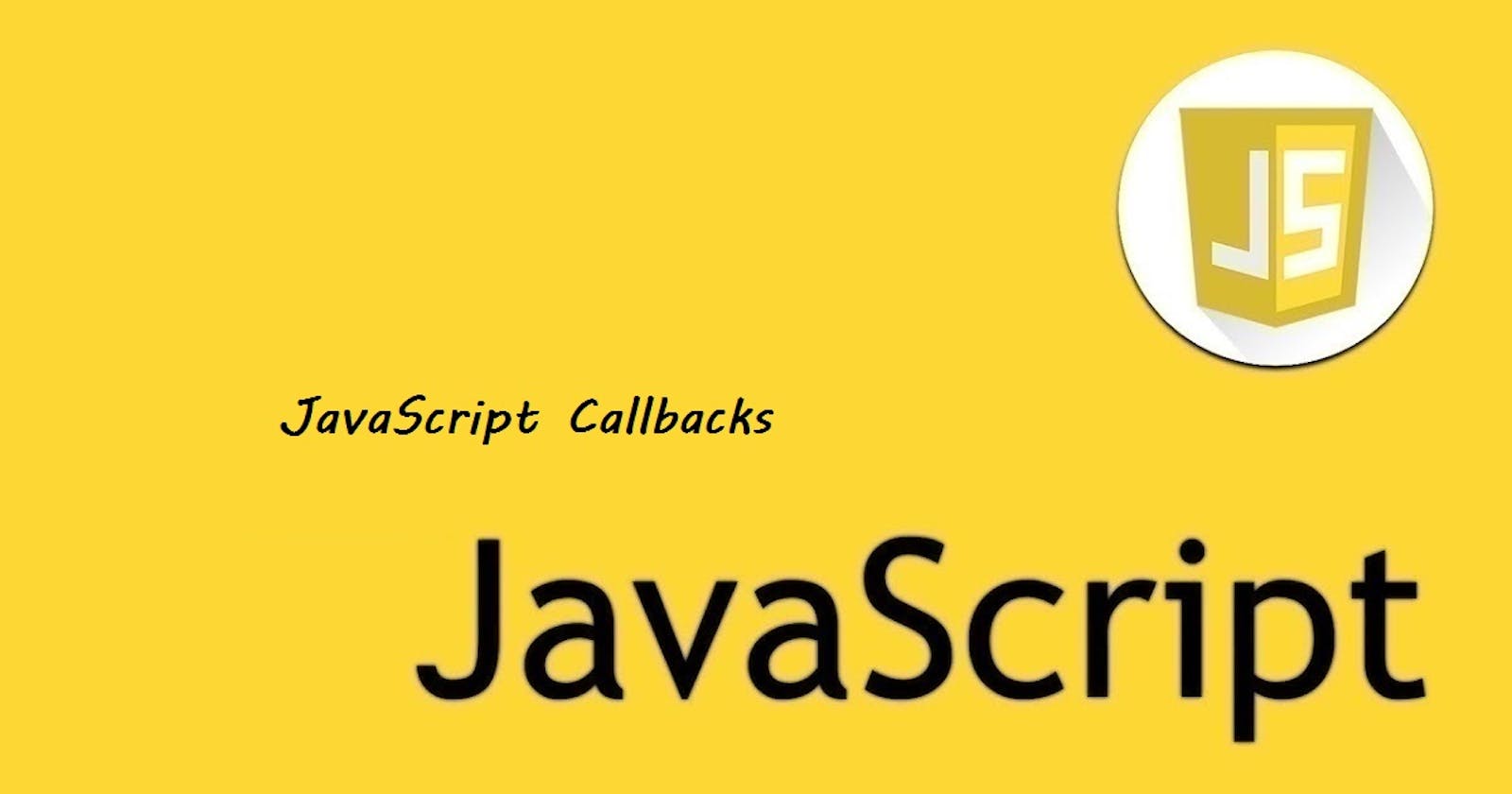Table of contents
In JavaScript, a callback is a function that is passed as an argument to another function, which is then called inside the main function. Callbacks are used to execute code asynchronously and to handle events in a non-blocking way.
Callbacks are commonly used in scenarios where a function needs to wait for a long-running operation to complete before continuing execution. In this case, the function can accept a callback that is executed once the operation is complete.
Callbacks can be used to handle events such as mouse clicks, button presses, or data loaded from a server. The callback function is executed when the event occurs, allowing the program to respond appropriately.
In JavaScript, a callback is a function passed as an argument to another function. The callback function is then executed inside the called function.
Callbacks are commonly used in asynchronous programming, where a function may need to wait for a long-running operation to complete before continuing execution. In this case, the function can accept a callback that is executed once the operation is complete.
Here is the syntax for using callbacks in JavaScript:
function functionOne(callback) {
// Do something
callback();
}
functionOne(function() {
console.log('Callback function called.');
});
In this example, functionOne is defined to take a callback function as an argument. Inside functionOne, the callback function is called with callback(). When functionOne is called with a callback function, the callback function is executed.
Let's take a look at a more practical example. In this example, we will define a function called sum that takes an array of numbers and a callback function as arguments. The sum function will add up all the numbers in the array and pass the result to the callback function.
function sum(numbers, callback) {
let result = 0;
for (let i = 0; i < numbers.length; i++) {
result += numbers[i];
}
callback(result);
}
sum([1, 2, 3, 4, 5], function(result) {
console.log(result); // Output: 15
});
In this example, we call the sum function with an array of numbers and a callback function. Inside the sum function, we loop through the array of numbers and add them up to get the result. We then call the callback function with the result.
When the sum function is called with the array of numbers and the callback function, the callback function is executed with the result of the sum.
Callbacks are used extensively in JavaScript, especially in asynchronous programming. Understanding how callbacks work is an important part of becoming proficient in JavaScript.
Summarizing Up
Callbacks are an essential part of modern JavaScript programming and are used in many popular libraries and frameworks. They enable developers to write efficient and non-blocking code, making the user interface more responsive and improving the overall performance of the application.
Understanding how callbacks work and how to use them effectively is an important part of becoming a proficient JavaScript developer.
